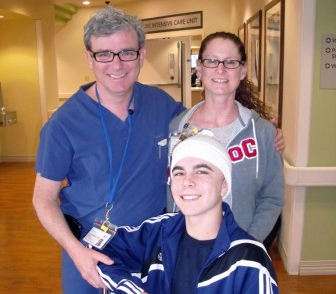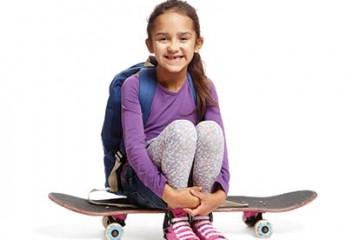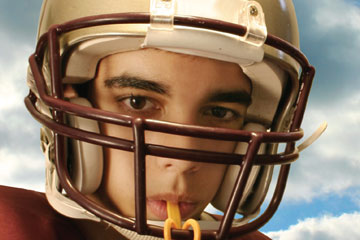Wearing the Right Helmets the Right Way
Most serious head injuries to kids can be prevented if they wear a helmet, but it’s important for children to wear the right kind of helmet, and to wear it correctly.
Before you get there, however, parents have to make sure their kids will actually wear a helmet.



















